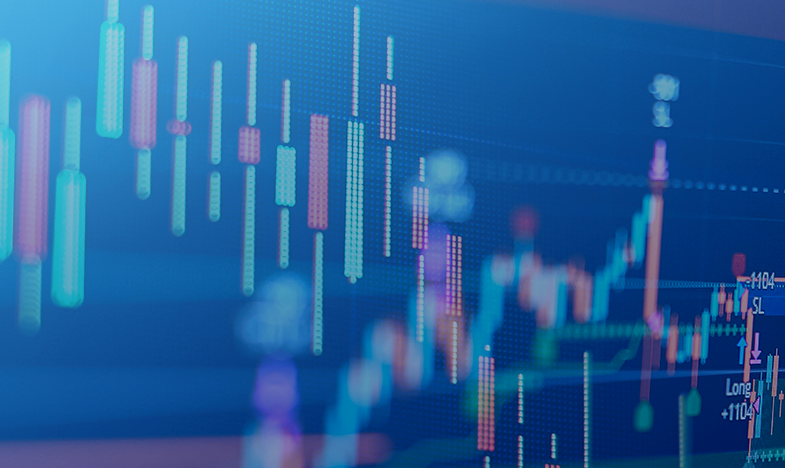In the week ending April 12, the number of applicants for seasonally adjusted initial claims was 215,000, down 9,000 from the revised level for the previous week. It raised the previous week’s level by 1,000 from 223,000 to 224,000. The four-week moving average was 220,750, down 2,500 from the previous week’s revised average. The previous week’s average increased by 250 from 223,000 to 223,250.
The advance number of seasonally adjusted insured unemployment benefits during the week ending April 5 was 1,885,000, an increase of 41,000 from the adjusted level of the previous week. The previous week’s level was revised down 6,000 from 1,850,000 to 1,844,000. The four-week moving average was 1,867,250, an increase of 1,000 from the revised average for the previous week. The previous week’s average was revised down 1,500 from 1,867,750 to 1,866,250.
The number of advances of actual initial claims under the state’s programs, unmodified, was 219,710 in the week ending April 12, an increase of 3,176 (or 1.5%) from the previous week. Seasonal factors expected an increase of 12,303 (or 5.7%) from the previous week. The number of initial claims was 209,064 in the same week of 2024.
The advance unadjusted unemployment rate was 1.3% for the week ended April 5, unchanged from the previous week. The total level of unadjusted unemployment provided in state programs was 1,951,151, a decrease of 34,560 (or -1.7%) from the previous week.
The total number of continuous weeks of entitlement claims across all programs for the week ending March 29 was 2,015,012 weeks, a decrease of 75,341 weeks from the previous week. The number of weekly claims filed for benefits across all programs was 1,953,039 weeks in the corresponding week of 2024.
Factors affecting US unemployment claims
U.S. dollar jobless claims are influenced by various factors that reflect the overall health of the economy and labor market. The main factors affecting it are as follows:
Economic growth:
- Strong economic growth typically increases demand for labor, reducing unemployment claims.
- Conversely, economic recessions can lead to layoffs and increased unemployment.
Commercial Investment:
- Increased business investment in infrastructure, technology, and expansion can create jobs, leading to lower unemployment claims.
- Low investment can lead to hiring freezes or layoffs.
Consumer Demand:
- Higher consumer spending increases business revenue and can lead to job creation.
- Lower consumer confidence can reduce demand, leading to higher unemployment claims.
Labor Participation Claims:
- Changes in labor force participation claims (the percentage of working-age people who work or are actively looking for work) can affect unemployment claims.
- Lower participation claims can lower unemployment claims even if the number of jobs available is lower.
Seasonal Recruitment:
- Some industries (such as agriculture and tourism) experience seasonal fluctuations, which affects unemployment claims at different times of the year.
Technological changes:
- Automation and advances in technology can displace workers, leading to structural unemployment, while also creating new jobs.
Government Policies:
- Fiscal policies, such as government spending and tax policies, can affect job creation.
- Labor laws and regulations, such as minimum wage laws and unemployment benefits, can also affect employment levels.
Global Economic Conditions:
- Economic conditions in other countries can affect the labor market in the United States, especially in the global economy.
- International trade and competition policies can affect domestic labor markets.
The Impact of U.S. unemployment Claims on Consumer Behavior and Spending
The unemployment rate greatly affects consumer spending patterns, affecting economic activity in various ways. Here’s how it affects consumer behavior:
1. Income levels
Stable employment: A low unemployment rate usually refers to hiring more people, leading to higher levels of overall income. When consumers feel secure in their jobs, they are more likely to spend money on goods and services.
Disposable income: Higher levels of employment increase disposable income, allowing consumers to spend more on discretionary items, such as dining out, travel, and luxury goods.
2. Consumer confidence
Psychological effects: The low unemployment rate boosts consumer confidence, as individuals feel more secure about their financial situation and job prospects. This confidence encourages spending.
Recognizing economic health: When unemployment is low, consumers see the economy as strong, which can lead to an increased desire to make large purchases, such as homes and cars.
3. Spending on necessities versus discretionary items
Necessities: In times of high unemployment, consumers often prioritize spending on basic goods (such as food and housing) and reduce discretionary spending.
Discretionary spending: The low unemployment rate encourages consumers to spend on non-essential items, leading to growth in sectors such as retail, travel and leisure.
4. Use of debt and credit
Borrowing behavior: With a stable labor market, consumers are more likely to take on debt (such as mortgages and personal loans) to finance larger purchases.
Credit confidence: A low unemployment rate is often associated with improved credit conditions, making it easier for consumers to access credit and loans.
5. Impact on savings
Savings rates: When unemployment is low and incomes are stable, consumers may feel less need to save for emergencies, leading to lower savings rates and increased spending.
Emergency funds: Conversely, during periods of high unemployment, consumers may prioritize building emergency savings and limiting discretionary spending.










